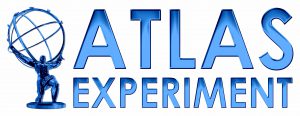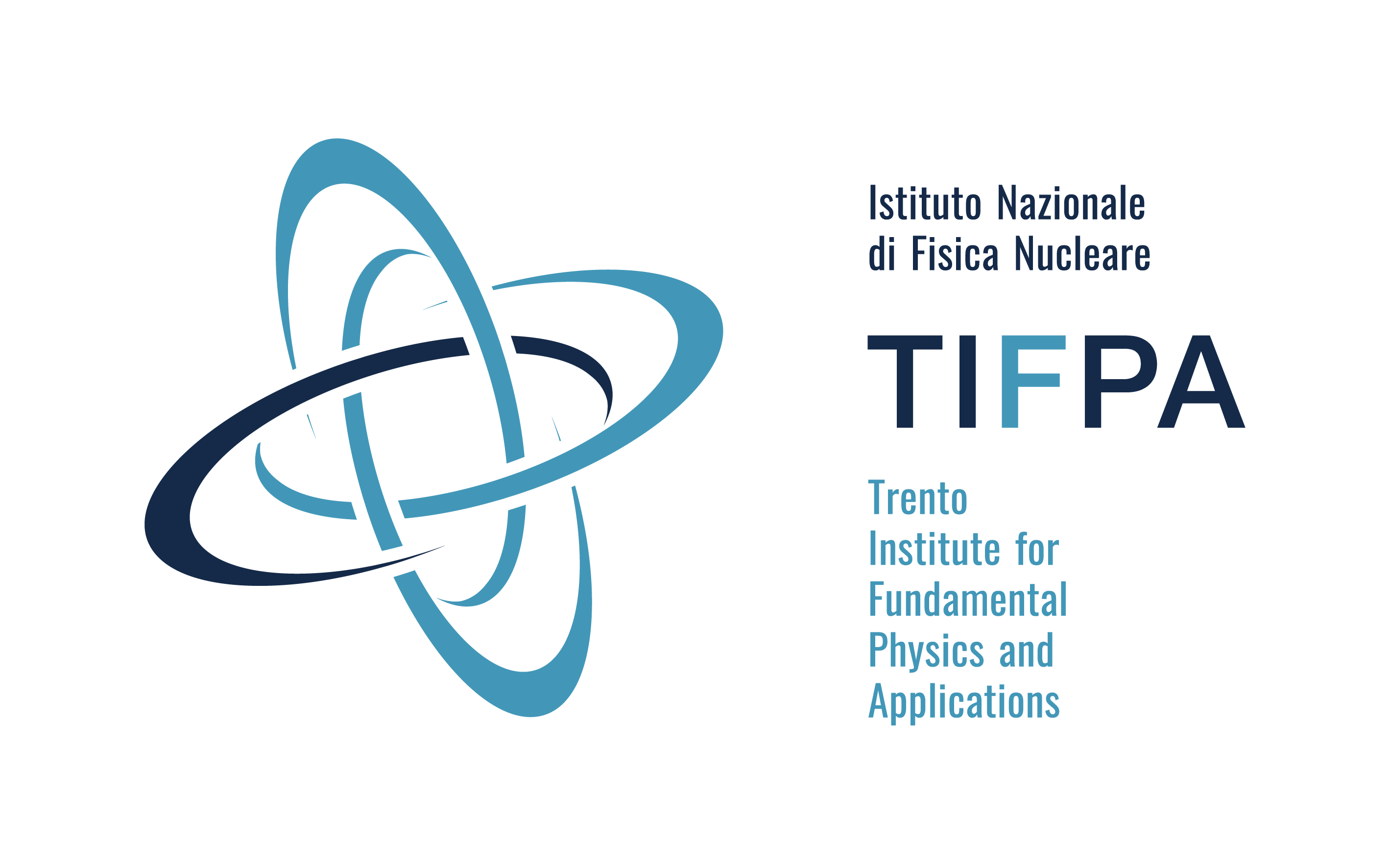
ATLAS - A Toroidal LHC ApparatuS
ATLAS is a gigantic experimental apparatus, deployed 100 m underground near Genève, at the crossing of the CERN LHC beams. ATLAS is one of the two experiments which discovered the Higgs boson in 2012. Now it is focused on the most important open issues of High Energy Physics.





